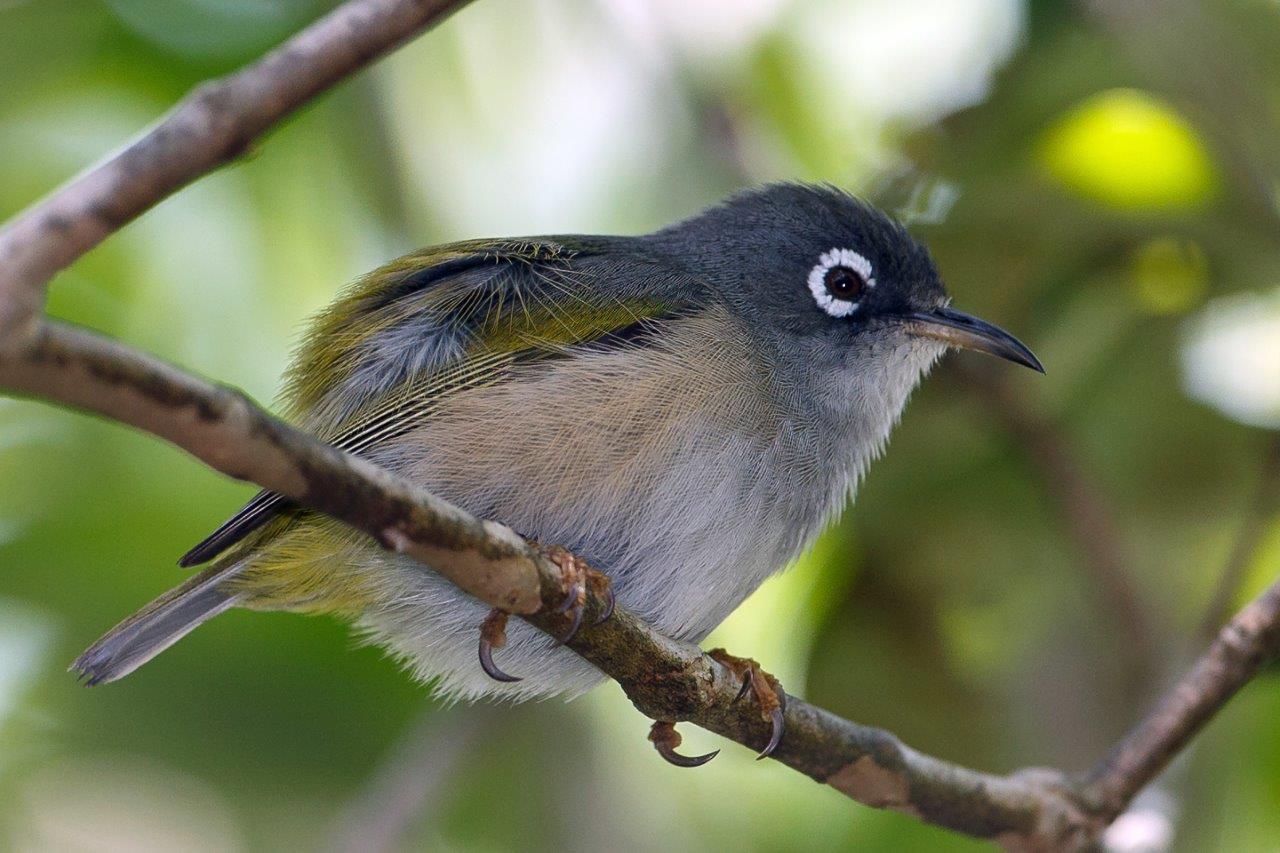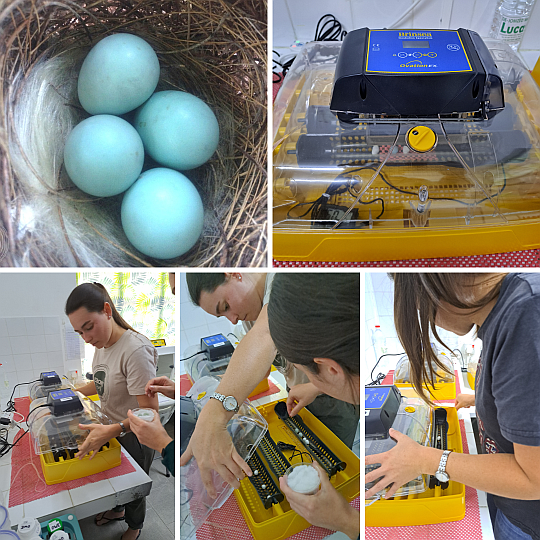The Mauritius Olive White-eye Conservation Project
Supporting the critically endangered Olive White-eye with Brinsea incubators.

Dr. Nicolas Zuël, Conservation Manager at Ebony Forest in Mauritius, shares how Brinsea incubators and TLC brooders are integral to their conservation efforts in saving the critically endangered Mauritius Olive White-eye.
Saving the Rarest Bird Species of Mauritius: The Olive White-eye
The Mauritius Olive White-eye is the rarest of the nine remaining endemic land bird species of Mauritius, with fewer than 150 breeding pairs left. The outlook for this critically endangered bird is dire, with populations rapidly declining due to predation by introduced mammals such as rats and monkeys, as well as habitat loss from deforestation.
In response to this crisis, the team at Ebony Forest, in collaboration with the National Parks & Conservation Service, has been working tirelessly to restore the natural habitat and protect endangered species like the Olive White-eye. With the help of co-financing from the Critical Ecosystem Partnership Fund, predators are controlled across 50 hectares of forest, creating a safer environment for these birds to thrive.

Olive White-eye eggs in a Brinsea Ovation 28 EX incubator in Mauritius.
The Olive White-eye Nesting Season and Egg Incubation
During the nesting season, the conservation team diligently searches for Olive White-eye nests. Once eggs are laid, they wait four days before harvesting them to ensure viability. However, despite their best efforts, some eggs are predated by rats, monkeys, or invasive bird species like the Indian Mynah and Red Whiskered-Bulbul, contributing to the species' critically endangered status according to the IUCN Red List.
The harvested eggs are then transported to the Gerald Durrell Endemic Wildlife Sanctuary, where they are incubated using Brinsea Ovation 28 EX incubators. These incubators are ideal for handling the delicate 1 cm-sized eggs of the Olive White-eye due to their reliability and adaptability. The adjustable rocking mechanism and ease of disassembly for cleaning make them perfect for use with a variety of endemic bird species.
Brooding and Raising the Chicks
After 14 days of incubation, the chicks hatch and are transferred to a Brinsea TLC-40 Advance brooder for 10-12 days. During this period, they are fed a specialized diet of crickets, papaya, pinkies, pellets, waxworms, cockroaches, black soldier fly larvae, and supplemented with calcium, multivitamins, and vitamin B. This essential care ensures the fragile chicks develop into healthy fledglings.
Preparing the Olive White-eye for Release
Once the chicks are strong enough to feed themselves, they are moved to an outdoor aviary where they begin to fly and adapt to the environment. Groups of 3-5 birds are transferred to the release site at Ebony Forest, where they are placed in a release aviary to acclimatize. After about 15 days, the aviary doors are opened, allowing the birds to return to the wild. Food is still provided in the aviary, allowing the young Olive White-eyes to return for feeding whenever necessary.
A Long-Term Commitment to Conservation
This project, co-financed by Ebony Forest, the Critical Ecosystem Partnership Fund, and the National Geographic Society, marks the first year of a long-term initiative aimed at establishing a stable population of Mauritius Olive White-eyes. The team aims to raise between 10 and 20 chicks annually over the next three years, helping to safeguard this endangered species from extinction.
Photos by Elisa Laverdant and Jacques de Speville

